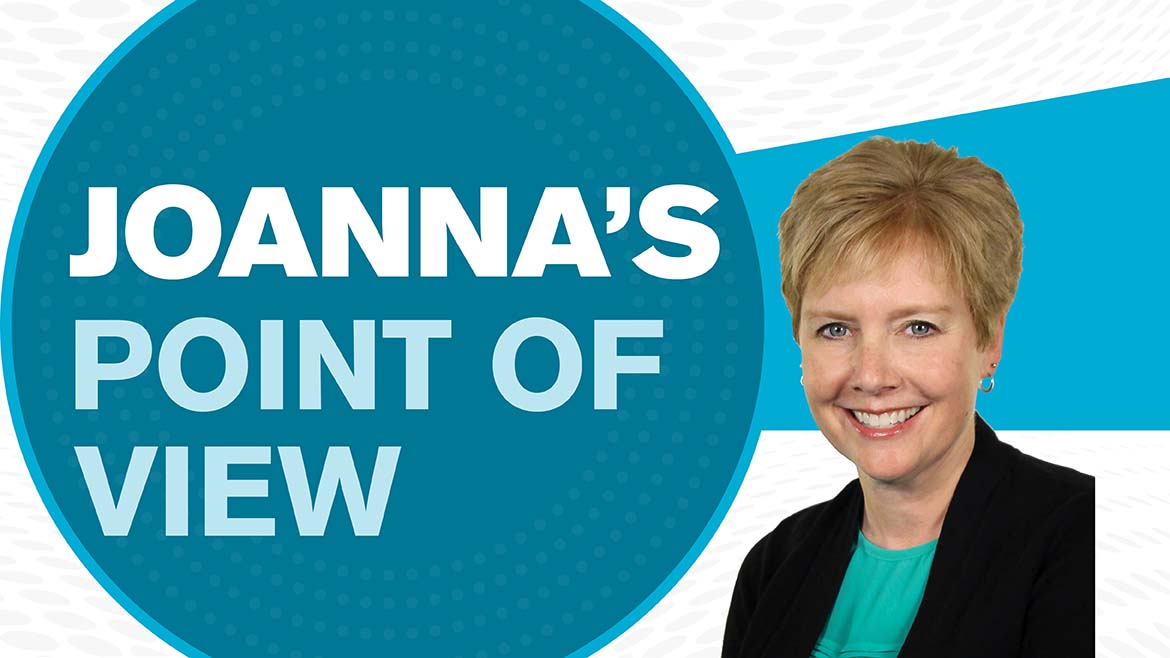Department lead of the Refrigerant Management Solutions Group
DC Engineering
There’s a lot going on in the HVAC industry next year, and contractors need to prepare for what’s coming. For example, as part of the AIM Act, the manufacture of new R-410A systems will no longer be allowed, starting January 1, 2025. There is a one-year sell-through period for field-assembled systems, which means contractors can continue to install residential and light commercial split systems that have already been manufactured until December 31, 2025.
There is a longer three-year sell-through period for self-contained units (until January 1, 2028), which the Environmental Protection Agency (EPA) refers to as “products.” According to EPA, products are functional upon leaving a factory, and generally speaking, have a sealed refrigerant loop that simply needs to be plugged in, mounted, or hooked to a water line, to work. Examples include window air conditioning units, residential dehumidifiers, packaged terminal air conditioners, commercial freezers, and vending machines. Essentially, if an HVAC professional is needed to assemble and/or charge a unit with refrigerant, then EPA says it’s not a product.
For HVAC contractors, managing inventory this year is crucial. Depending on their specific situation, they might consider stocking up on split-system air conditioners and heat pumps that use R-410A to sell next year. Alternatively, they might decide to install R-410A split systems only until the end of this year and fully transition to the A2L systems next year. However, contractors have only a few short months to make these decisions.
Contractors also need to decide whether to stock up on components that can be used to service existing R-410A split systems, such as condensing units and compressors. EPA is not restricting the manufacture, import, sale, distribution, or export of components that are used to repair existing refrigeration, air conditioning, and heat pump systems, but that doesn’t mean these components will be available forever. In fact, some manufacturers are already acknowledging that they may no longer produce certain R-410A components after the end of the year.
California contractors have another decision to make regarding the use of high-GWP HFCs, because as of January 1, 2025, the sale of bulk refrigerants exceeding 2,200 GWP will no longer be allowed, per Senate Bill No. 1206. This means that in just a few short months, California contractors will no longer be able to buy virgin refrigerants, such as R-404A and R-507A (contractors have until January 1, 2030 to buy virgin R-410A), and will have to service existing equipment with reclaimed refrigerant. The California bill also prohibits the use of “non-reclaimed HFCs with GWP greater than 750 to fix leaks on service stationary equipment owned or operated by the state, starting January 1, 2025.”
As such, HVACR contractors in California need to figure out how they will adjust to the ban on the high-GWP refrigerants that are often used in commercial refrigeration systems. In a recent blog, Keilly Witman, department lead of the Refrigerant Management Solutions Group at DC Engineering in Boise, Idaho, offered five ways that food retailers (and HVACR contractors as well), can prepare for the upcoming ban:
- Prepare ahead of time and secure your own banked, reclaimed refrigerant. This is probably the safest strategy, because it’s the only strategy that puts your fate in your own hands.
- Rely on other people’s reclaimed refrigerant. This is risky, because there are likely to be a lot of people who didn’t start soon enough to bank their own refrigerant, so everyone is going to be fighting over the HFCs that are available on the reclaim market. As is always the case, if there is more demand than supply, the price of reclaimed refrigerant on the open market is likely to be high.
- Retrofit enough of your existing high-GWP systems on a rolling basis to provide yourself with refrigerant to meet your ongoing servicing needs. This strategy has logistical issues, and it involves constant monitoring and tracking of exactly how much refrigerant for servicing you have stored versus the maximum amount you need for servicing at any point in time. It also means that your company must be able to quickly arrange for a retrofit project every time your supply of refrigerant for servicing runs low. Note that this strategy makes more sense for recycled refrigerant. The regulation stipulates that reclaimed refrigerant is exempt from the ban; it doesn’t mention a recycled refrigerant exemption.
- Purchase a whole bunch of R-404A by December 31, 2024, and store it (hoard it) for your own use for as long as it lasts. The ban doesn’t say that it is illegal to use refrigerants with GWP >2200 unless the system is a state-owned stationary refrigeration system.
- Replace all your high-GWP systems with system that use refrigerants that are under the thresholds for the ban.
Whatever your strategy, it is a good idea to start implementing it soon. As Witman noted in her blog, “While I don’t discourage hope in general, I don’t count it as a legitimate strategy for dealing with the consequences of federal or state refrigerant regulations. It may be true that there’s no crying in baseball, but there’s plenty of crying among those who counted on hope as a strategy to prepare for refrigerant regulations.”

